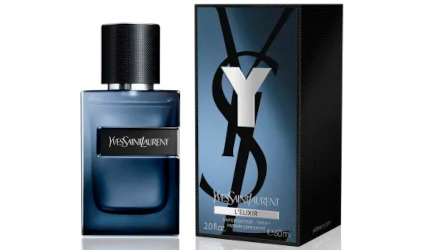
Yves Saint Laurent has launched Y L’Elixir, a new fragrance for men. Y Elixir is a flanker to 2017’s Y…
Posted by Robin on 2 Comments

Yves Saint Laurent has launched Y L’Elixir, a new fragrance for men. Y Elixir is a flanker to 2017’s Y…
Posted by Robin on 13 Comments
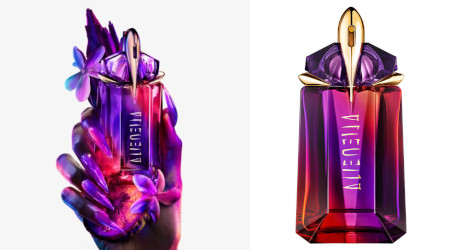
Thierry Mugler will launch Alien Hypersense, a new flanker to 2005’s Alien fragrance…
Posted by Robin on Leave a Comment
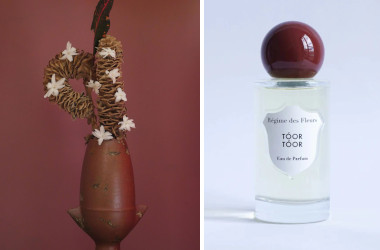
Niche line Régime des Fleurs has launched Tóor Tóor, a new tuberose fragrance…
Posted by Robin on Leave a Comment
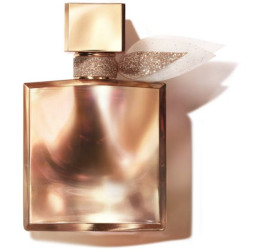
Lancôme will launch La Vie Est Belle L’Extrait, a new limited edition flanker to 2012’s La Vie Est Belle…
Posted by Kevin on 12 Comments
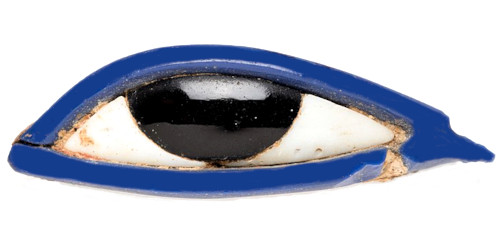
Coming from the depths of the Egyptian age, Le Dieu Bleu exhales its divine and mysterious perfume, as if extracted from a supernatural universe. Intended for the gods, rising up are heady scents of aromatic herbs, saps, roots, and bark, destined to induce a meditative state, with powers of the beyond…its wonderful lively, intoxicating scents of woody honeyed broom, mystical and heady myrrh, green and fresh lentisk, and fruity opoponax, carry us away to the colorful splendors of the temples and frescoes of…Ancient Egypt. — Astier de Villatte
Le Dieu Bleu (one of Astier de Villatte’s Trois Parfums Historiques; see Les Nuits and Artaban) was inspired by kyphi (which I’ve written about before on Now Smell This). Many recipes for this storied scent include: Cyperus longus (with a ginger odor), juniper berries, raisins, wine, honey, resin of the pistachio tree (mastic), Calamus odoratus, broom, rose-scented grass from Egypt, myrrh, henna and mint. To this list, Greeks added cinnamon, nard (spikenard), cardamom, sesame and saffron.
Kyphi, apart from ceremonial and personal use as incense, was ingested as a medicine and made into breath-freshening pastilles…